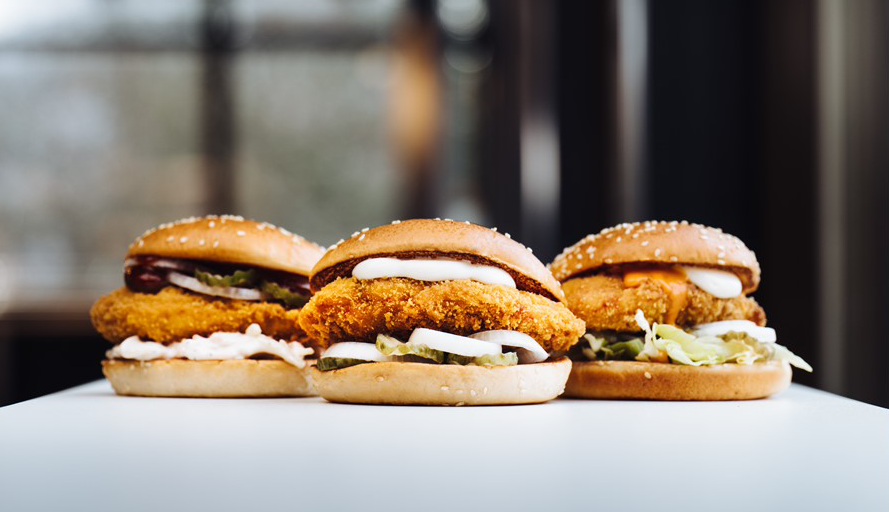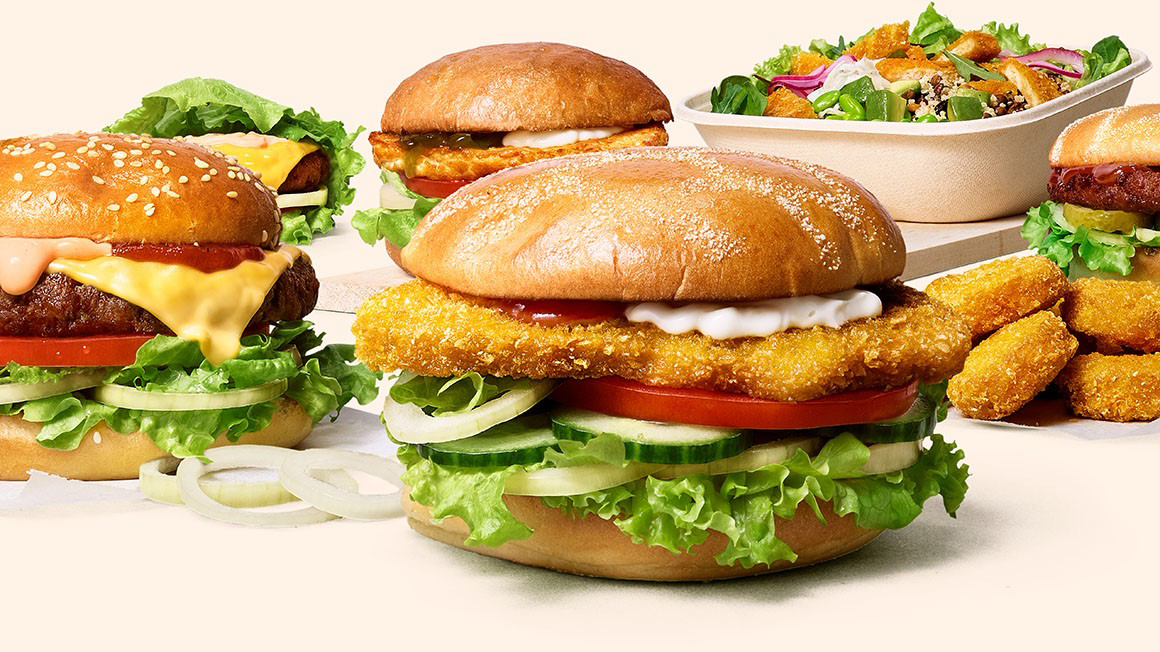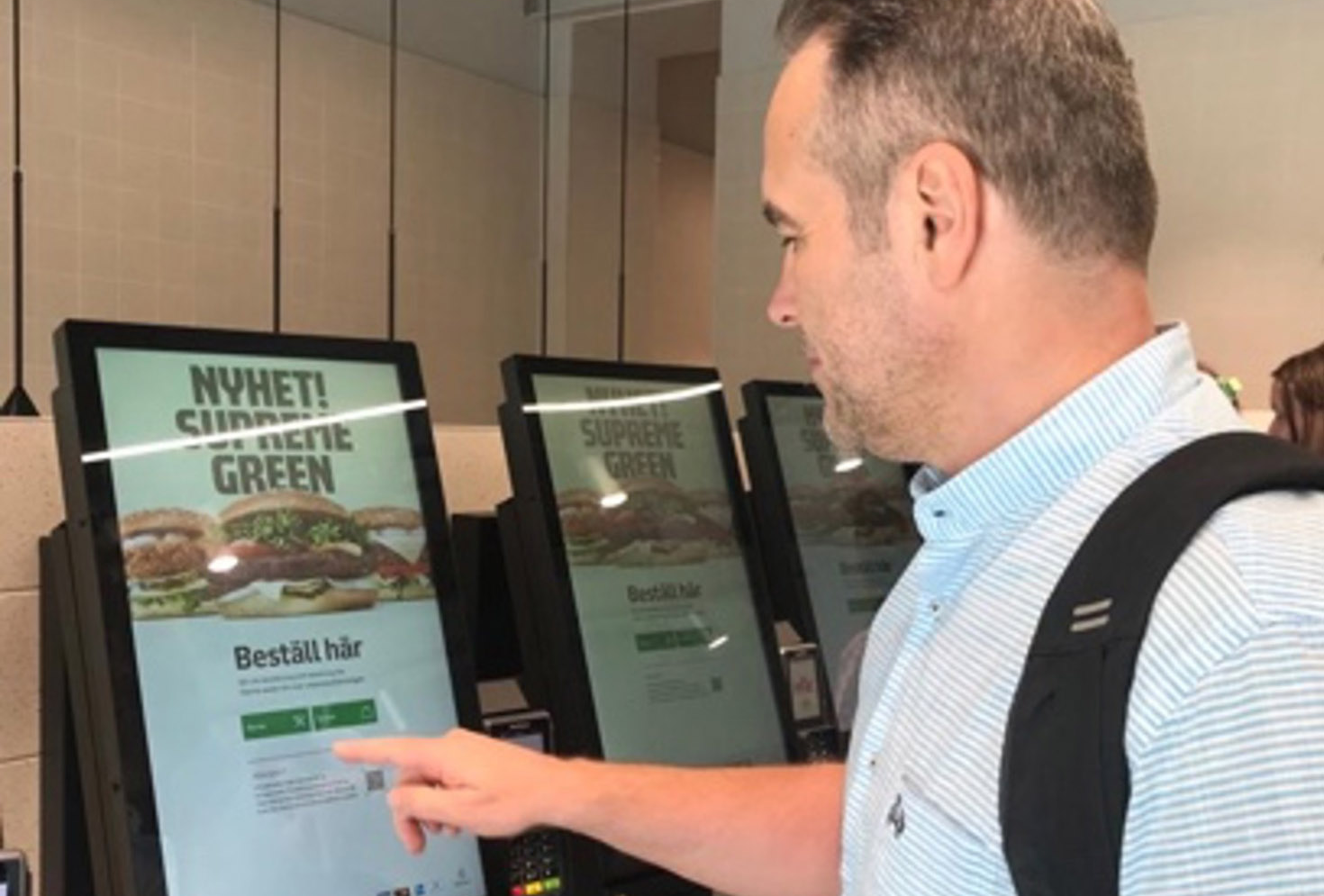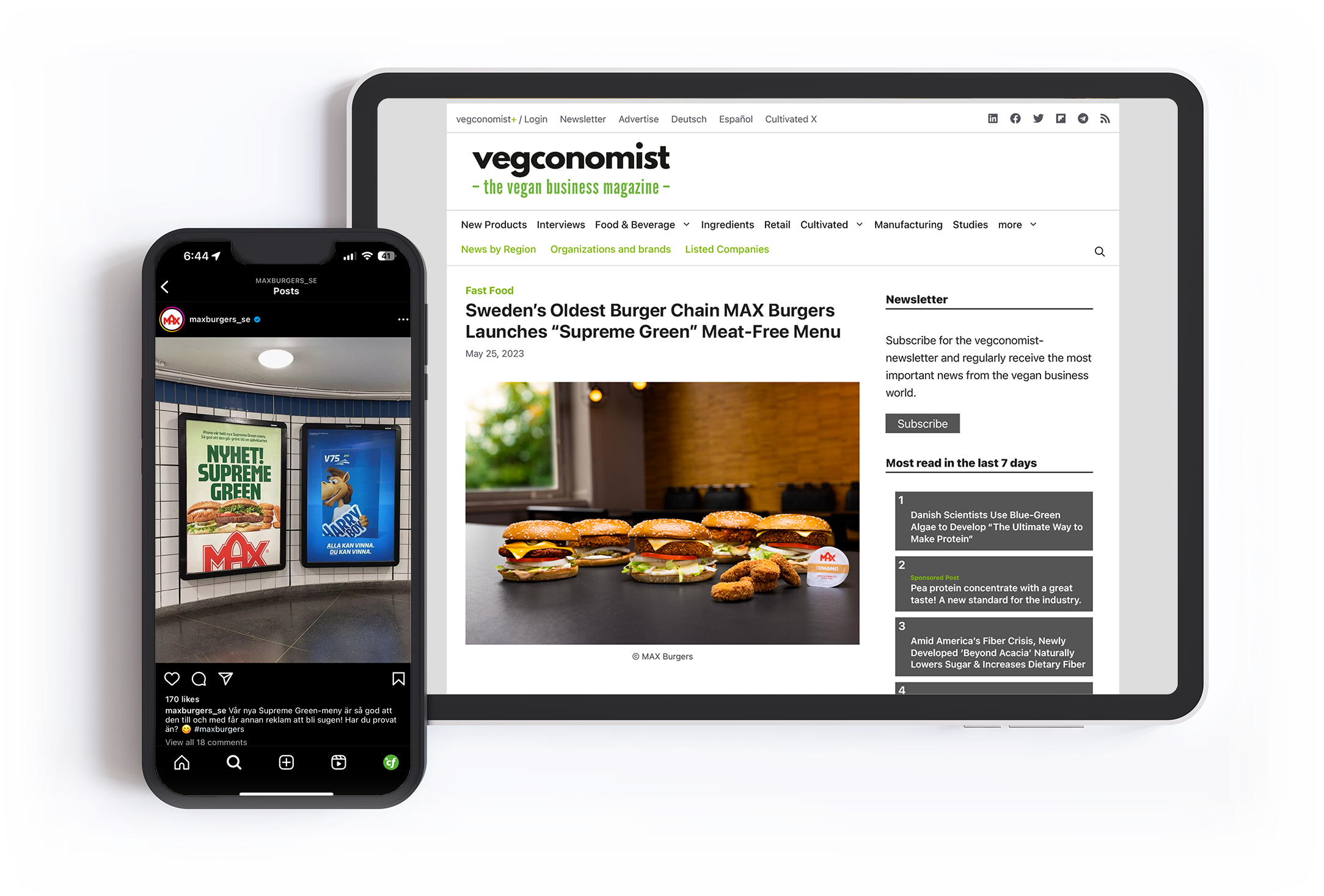Max Burgers’ Coolfood quest
MAX Burgers joined World Resources Institute’s (WRI) Coolfood Pledge in 2019, when the initiative was in its first stages. While MAX has always been keen to advocate for the environment and other climate-related issues, they were especially eager to have a competent and credible third party, like Coolfood, to help them in their mission to reduce food-related emissions.
When it comes to progress, in line with Coolfood’s recommendations and WRI’s Playbook for Guiding Diners Toward Plant-Rich Dishes in Food Service, MAX Burgers has been able to reduce its emissions per 1,000 calories by 28.2% since joining the initiative. If you want to know how they pulled it off, then keep reading on!
Becoming a sustainable burger chain
In the last 15 years, the Swedish burger chain has taken various actions to reduce its food-related emissions, such as:
- Creating the world’s first climate labeled menu in 2008.
- Developing the widest range of low carbon burgers in in their industry.
- Reducing the climate impact of their food by replacing ingredients such as palm oil with rapeseed oil.
“We have been committed to reducing our food’s climate impact since 2008. Partnering with Coolfood was a natural step in our journey since they provide independent tools to track our efforts and also have the competence and credibility to suggest our next steps.”
Kaj Török, Chief Sustainability Officer at MAX Burgers
MAX Burgers became Sweden’s first hamburger restaurant chain in 1968 and is still the most popular hamburger chain in the country. With over 170+ restaurants worldwide, MAX continues to prioritize creating food that is better for the planet and their diners.
Expanding menu choices for diners
MAX has expanded their range of delicious low-carbon menu items to make it easier for customers to choose them. The playbook discusses the importance of increasing the variety of plant-rich dishes on offer as a successful behavioral intervention, which MAX Burgers has executed by expanding its plant-based menu in 2023. Additionally, they also provide their diners with an alternative to red meat by introducing a whole new range of chicken options in 2022.

According to MAX’s 2022 sustainability report, the addition of chicken prompted an overall increase in chicken sales in their restaurants by 62% in Sweden, 144% in Denmark, and 200% in Poland when compared to the same period in 2021. Diversifying their meat options give their diners the choice to choose menu items that are better for the planet and their health.
“The biggest thing we can do to reduce our climate impact is to make sure our products with low climate impact taste at least as good as those with a high climate impact – this is what drives our product development.”
Kaj Török, Chief Sustainability Officer at MAX Burgers

Rethinking the ordering experience
Creating appealing menu choices is just one part of the equation. Encouraging diners to choose the low-carbon options requires adjusting the customer experience in the restaurant. MAX has taken a note out of the dining playbook by increasing the number of menu items with a low climate impact, such as plant-rich dishes.

Kaj Török, Chief Sustainability Officer at Max Burgers, shows off their “Supreme Green” Menu displays.
Photo Credit: Anne Bordier
Levelling up promotion tactics
In addition to MAX treating their low carbon and vegetarian options as equally important to their beef counterparts on menus, they also implemented the playbook’s tactics by actively promoting these dishes to 40,000+ followers on social media, on street advertisements, and getting coverage in digital articles that are seen by their current and potential customers. Prioritizing this helps them publicize the environmental benefits of the plant-rich dishes, which steers customers towards these menu items according to the playbook.

Setting ambitious targets
MAX had the ambitious target that every second sold meal during 2022 should consist of ingredients other than beef. Although this was a lofty goal to achieve, MAX was coming close to it because of the work they had done to innovate menu items for their diners. In Sweden, 45% of the meals sold consisted of non-red meat. In Denmark, their restaurants were able to exceed the target that was set with 51% of meals not having red meat.
MAX Burgers has shown that restaurant chains can keep their environmental goals in line while continuing to expand their business. They have consistently used methods that Coolfood and WRI have recommended to reduce their food-related emissions and have illustrated that the food industry can make changes for the better without inhibiting a restaurant’s success.
